Picture this: you’re watching a thunderstorm from your window when suddenly, a glowing orange sphere appears, floating silently through your living room. It drifts past your television, hovers near the ceiling, then vanishes with a gentle pop. Sounds like science fiction, right? Yet thousands of people have reported exactly this phenomenon throughout history.
Ball lightning remains one of the most puzzling mysteries in atmospheric science. While regular lightning strikes for mere milliseconds, these enigmatic orbs can persist for seconds or even minutes, defying everything we thought we knew about electrical discharge. The phenomenon has frustrated scientists for centuries, spawning dozens of theories but few definitive answers.
The Glowing Enigma That Science Struggles to Explain
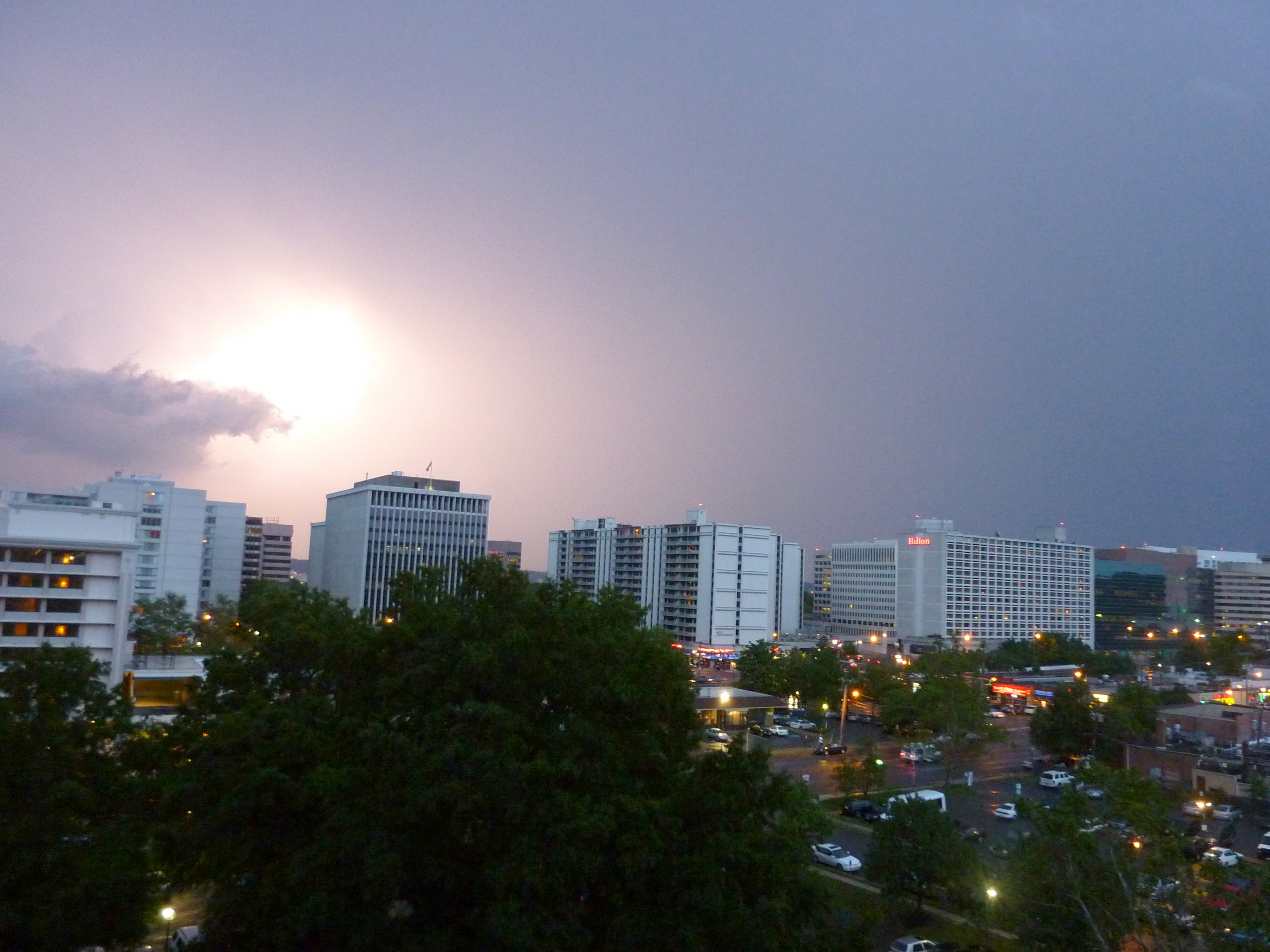
Ball lightning challenges our understanding of physics in ways that make even seasoned researchers scratch their heads. These luminescent spherical objects vary from pea-sized to several meters in diameter, typically appearing during thunderstorms but lasting considerably longer than the split-second flash of a lightning bolt.
What makes these phenomena truly bewildering is their unpredictable behavior. Witnesses describe them moving up and down, sideways or in unpredictable trajectories, hovering and moving with or against the wind; some are attracted to, unaffected by, or repelled from buildings, people, cars and other objects. Some accounts even describe ball lightning passing through solid materials like windows or walls without causing damage, while others report destructive encounters that melt metal or set fires.
The average ball lightning event presents consistent characteristics that scientists have catalogued from witness reports. The typical ball lightning appears as a sphere with a diameter of roughly one foot, a lifetime of about ten seconds, and a luminosity similar to a household lamp, floating freely in the air before ending either in an explosion or by simply fading from view, almost invariably during stormy weather.
Silicon Nanoparticles: The Dirt Connection Theory
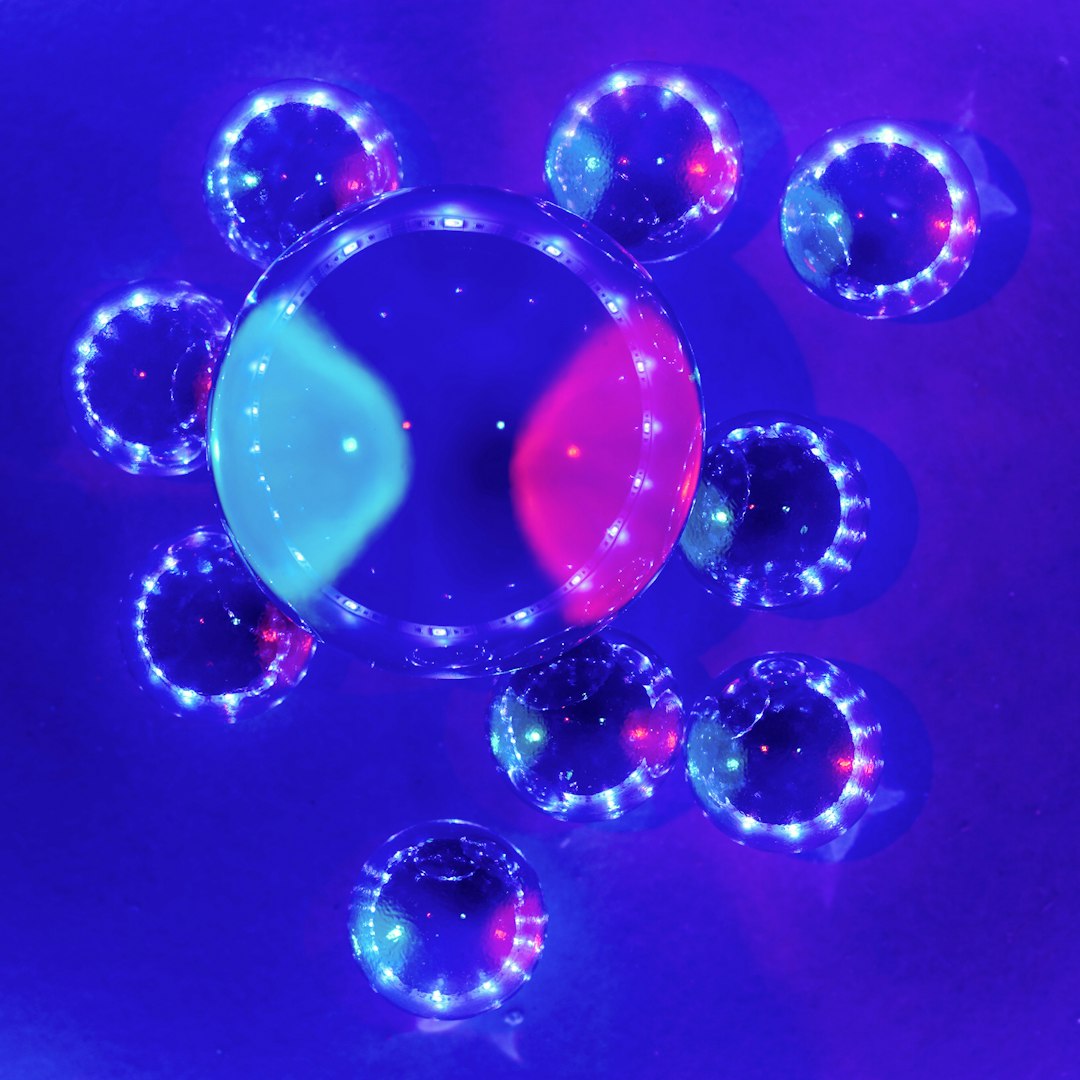
One of the most compelling explanations for ball lightning emerged from researchers John Abrahamson and James Dinniss in the year 2000. Their groundbreaking theory suggests that when normal lightning strikes soil, chemical energy is stored in nanoparticles of silicon, silicon oxide, or silicon carbide, which are ejected into the air as a filamentary network, slowly oxidizing and releasing stored energy as heat and light.
This silicon nanoparticle theory gained remarkable validation when Chinese scientists captured actual ball lightning on camera. In January 2014, scientists from Northwest Normal University published results of recordings made in July 2012 of the optical spectrum of what was thought to be natural ball lightning, capturing approximately 1.6 seconds of digital video from the formation of the ball lightning after ordinary lightning struck the ground, up to its optical decay.
The spectral analysis revealed exactly what the silicon theory predicted. The researchers found that the spectrum contained several emission lines from silicon, iron, and calcium – all elements expected to be abundant in soil, supporting the idea that one should expect to see atomic emission lines of silicon and other soil elements if the theory is correct.
Microwave Radiation Trapped in Plasma Bubbles
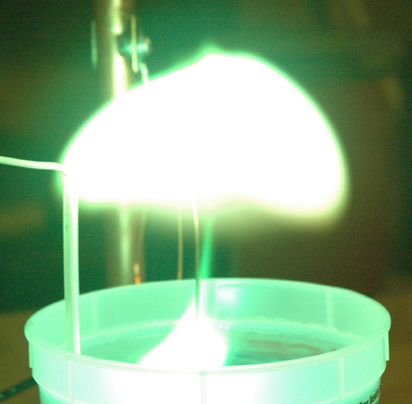
Another fascinating theory proposes that ball lightning results from intense microwave radiation becoming trapped within plasma bubbles. Scientists suggest that at the tip of a lightning stroke reaching the ground, a relativistic electron bunch can be produced, which excites intense microwave radiation that ionizes local air, with radiation pressure evacuating the resulting plasma to form a spherical plasma bubble that stably traps the radiation.
This microwave theory explains many puzzling aspects of ball lightning behavior. The microwave-type model can explain ball lightning’s ability to permeate through glass plates, something that has long baffled observers. The trapped microwaves maintain the plasma shell through continuous air ionization, creating a self-sustaining phenomenon.
Laboratory experiments have provided some support for this mechanism. Laboratory experiments have reportedly created ball-lightning-like phenomena under controlled conditions, demonstrating that microwaves can indeed produce ball-lightning-like phenomena under controlled conditions.
Oxygen Metastables and Indoor Ball Lightning
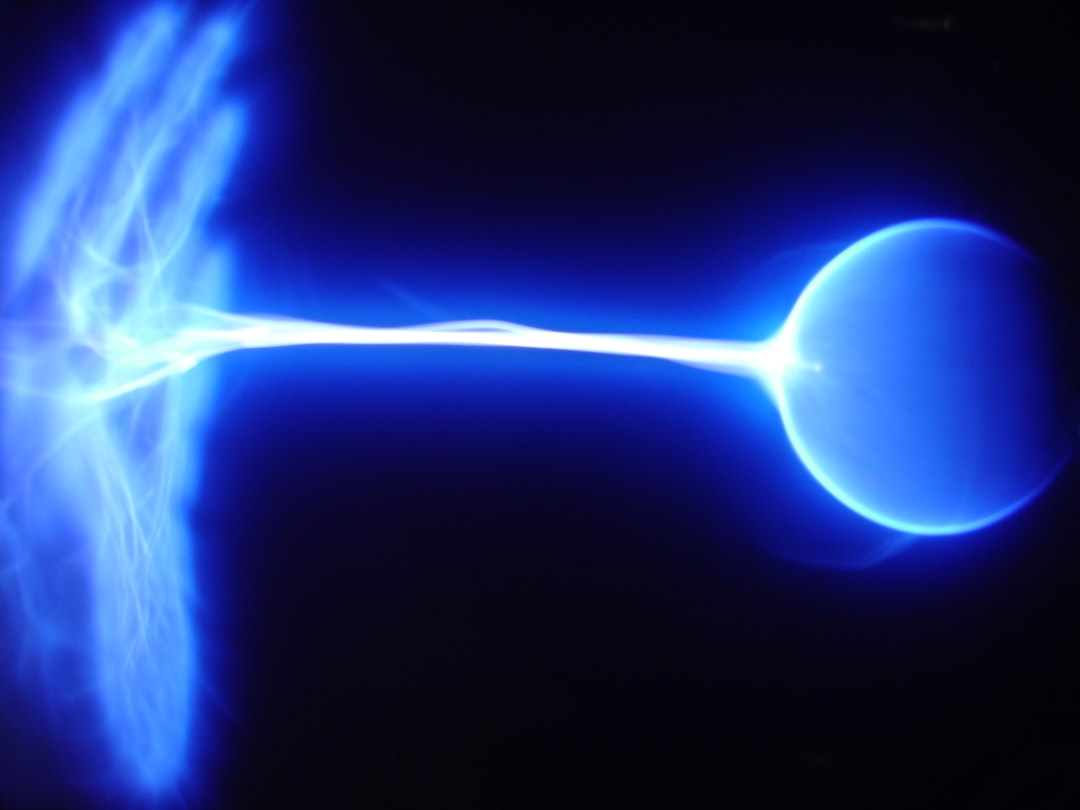
A more recent theory focuses specifically on ball lightning that appears inside buildings and aircraft. Research indicates that the formation, energy source and lifetime of ball lightning can be explained by the production of singlet delta metastable states of oxygen, with metallic cylinders such as pipes in houses or aircraft fuselages amplifying ambient electric fields from thunderclouds to produce ionization and pulsed electric discharges.
This oxygen metastable theory addresses three previously unexplained questions about indoor ball lightning. The proposal explains how ball lightning gets inside houses, what provides the energy source of the ball, and what determines its lifetime, suggesting that metastables can be formed if a high voltage point exists on metal inside the house or aircraft.
The energy storage mechanism in this model is elegant and practical. The energy of the metastables provides the energy that allows the ball to emit light, while the number of metastables determines the lifetime of the ball, with metastables detaching electrons from negative oxygen ions to enable the formation of a moderately high density of electrons.
The Relativistic Electron Bunch Phenomenon
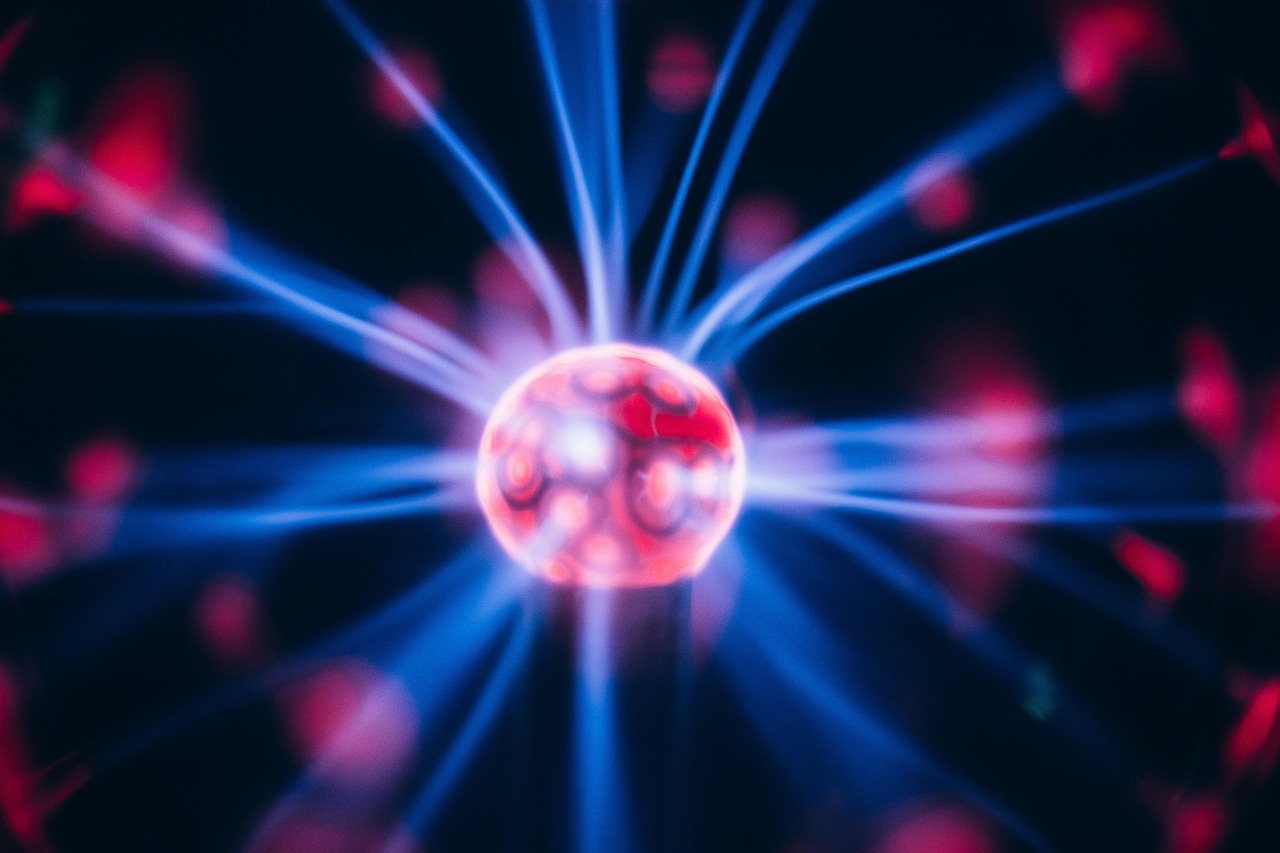
Advanced research has revealed that ball lightning might involve relativistic physics in ways scientists never imagined. In ball lightning events, a relativistic electron bunch is generated by lightning, and when this bunch strikes the ground or passes through various media, powerful microwaves are emitted by coherent transition radiation, with this specific microwave in air plasmas naturally evolving into a microwave bubble.
The formation process involves incredibly precise conditions. The last leader step of lightning generates a spatially well-defined relativistic electron bunch, and a bunch with total electron number of approximately ten to the fourteenth power will lead to a microwave bubble, requiring an avalanche path that corresponds to a multiplication rate of roughly one thousand.
This relativistic theory has profound implications for safety. For the first time, researchers reveal that ball lightning is an alarm signal of the existence of ultrastrong microwaves and abundantly hazardous electrons near the ground or aircraft, a result of great significance for lightning protection and aviation safety.
Electromagnetic Knots and Plasma Vortices
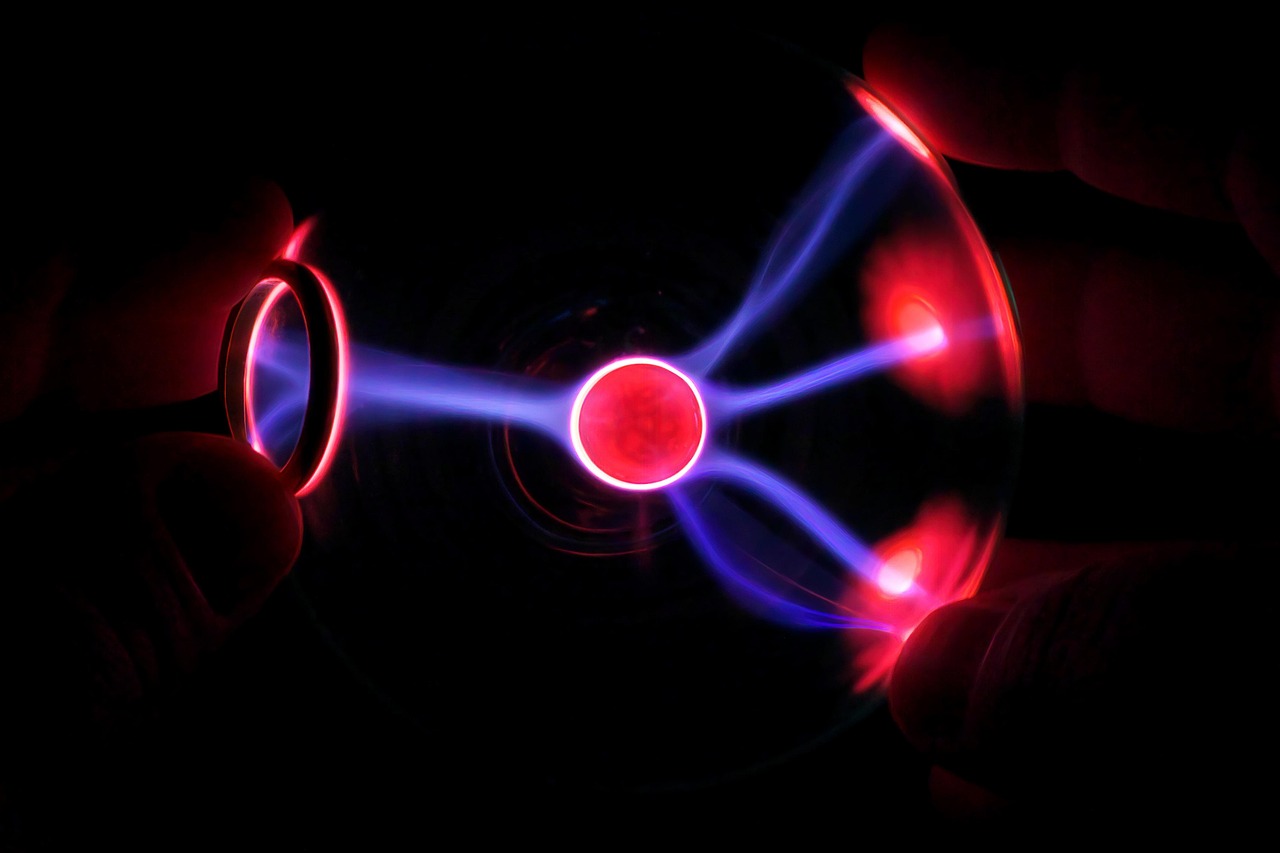
Some of the most intriguing recent theories suggest that ball lightning consists of electromagnetic structures that behave like knots or vortices in space. Current research proposes that ball lightning can be a vortex structure, with the lightning channel considered as a plasma column where ionization current flows, generating magnetic field lines around and within, creating a poloidal magnetic field.
These vortex structures explain the longevity and stability of ball lightning. Since ball lightning exists as a vortex, the vortex will not disappear by itself but only fade away because of viscosity, preventing the plasma from quickly spreading and therefore extending the life of the phenomenon. This mechanism could account for why ball lightning can persist for much longer periods than conventional electrical discharges.
The electromagnetic knot theory also addresses the mysterious movement patterns of ball lightning. Ball lightning is spherical plasma that can float in the air, and because it is the combination of a vortex ring, the motion of the vortex makes it rotate, moving at some speed even with no wind, and in the case of wind, moving with the wind while rotating.
Laboratory Attempts and Artificial Ball Lightning
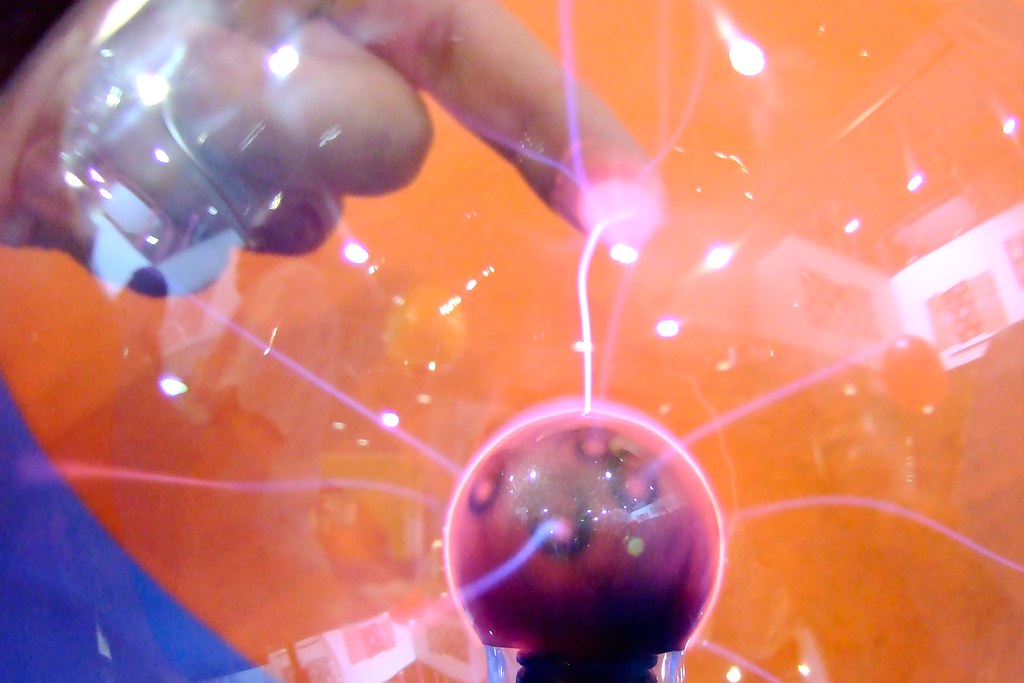
Scientists have made numerous attempts to recreate ball lightning in laboratory settings, with varying degrees of success. Researchers have performed electric arc discharges in pure silicon to generate luminous balls with lifetimes in the order of seconds and several properties usually reported for natural ball lightning, clearly demonstrating the role of vaporization and oxidation of silicon as proposed by the Abrahamson-Dinniss theory.
However, creating truly convincing artificial ball lightning remains challenging. Laboratory reproduction efforts have failed due to the absence of the necessary stable positive core, but if artificial generation of ball lightning becomes achievable, it could revolutionize energy storage by offering ultra-high-density, near-lossless storage mechanisms. The potential applications make this research particularly exciting for future energy technologies.
Recent advances in plasma physics have brought researchers closer to understanding the formation mechanisms. Plasmoids have been created by directing localized microwave power into silicon-based substrates, creating hotspots from which plasma is ejected and lifted up into the air atmosphere as buoyant fireballs within microwave cavities, providing valuable insights into possible natural formation processes.
The Future of Ball Lightning Research
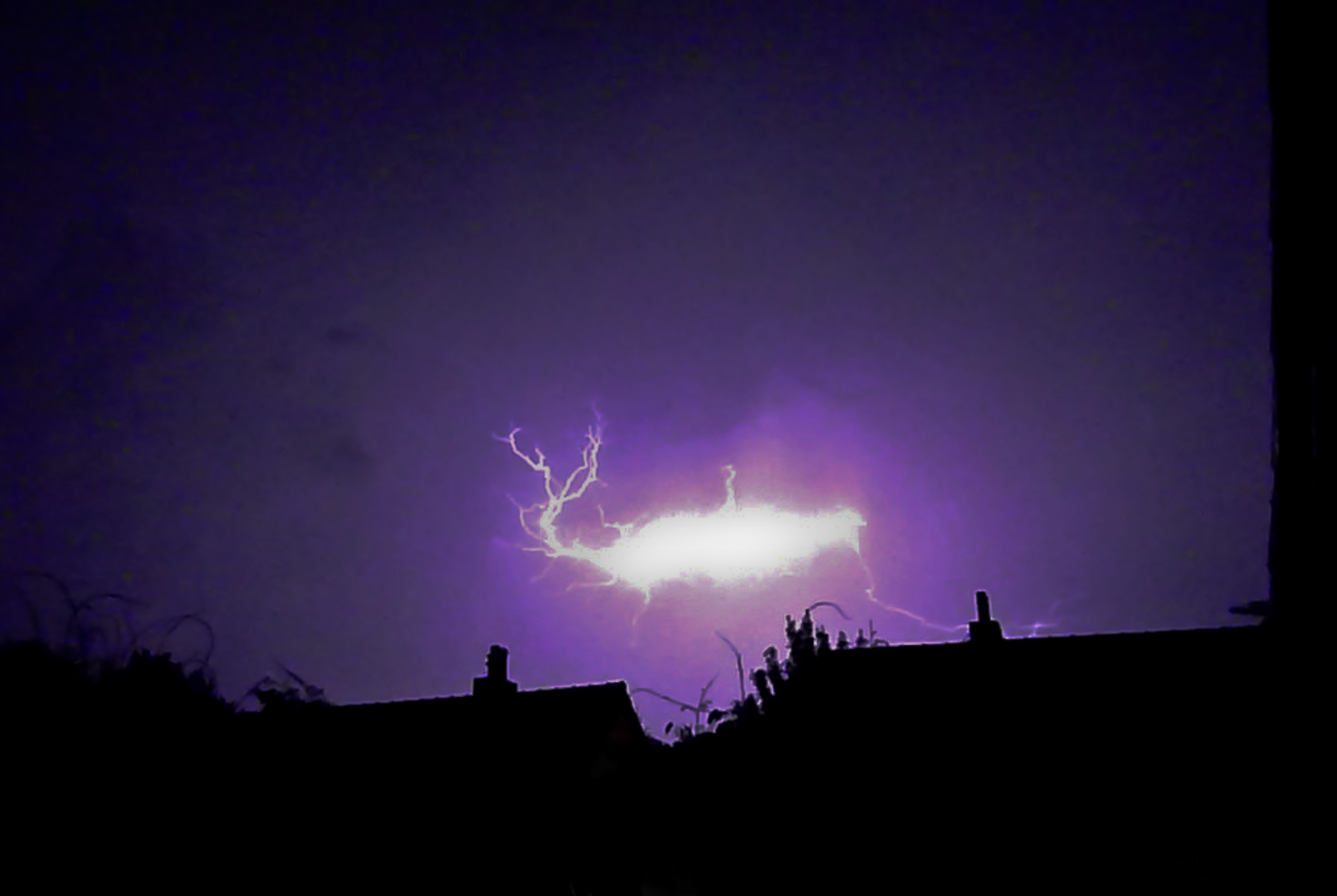
Modern technology is opening new avenues for ball lightning investigation that were impossible just decades ago. Researchers are deploying specialized equipment in lightning-prone areas to capture data on rare ball lightning events, including high-speed cameras, spectrometers, and electromagnetic field sensors, with recent studies exploring the creation of stable plasma structures with properties similar to reported ball lightning.
The implications of solving the ball lightning mystery extend far beyond academic curiosity. If scientists can understand and replicate the phenomenon, it could lead to revolutionary advances in energy storage, plasma physics, and our fundamental understanding of electromagnetic phenomena. The quest to understand nature’s most elusive spark continues to challenge our scientific knowledge and inspire new discoveries.
Despite decades of research and numerous competing theories, ball lightning remains tantalizingly out of reach for complete scientific explanation. Scientists seem to be making progress, and whether through lucky observations like the 2012 recording or laboratory formation attempts, it’s generally agreed that this strange, otherworldly concept is indeed the work of nature and does have an identifiable scientific explanation, even if the details aren’t quite confirmed at this point.
Conclusion
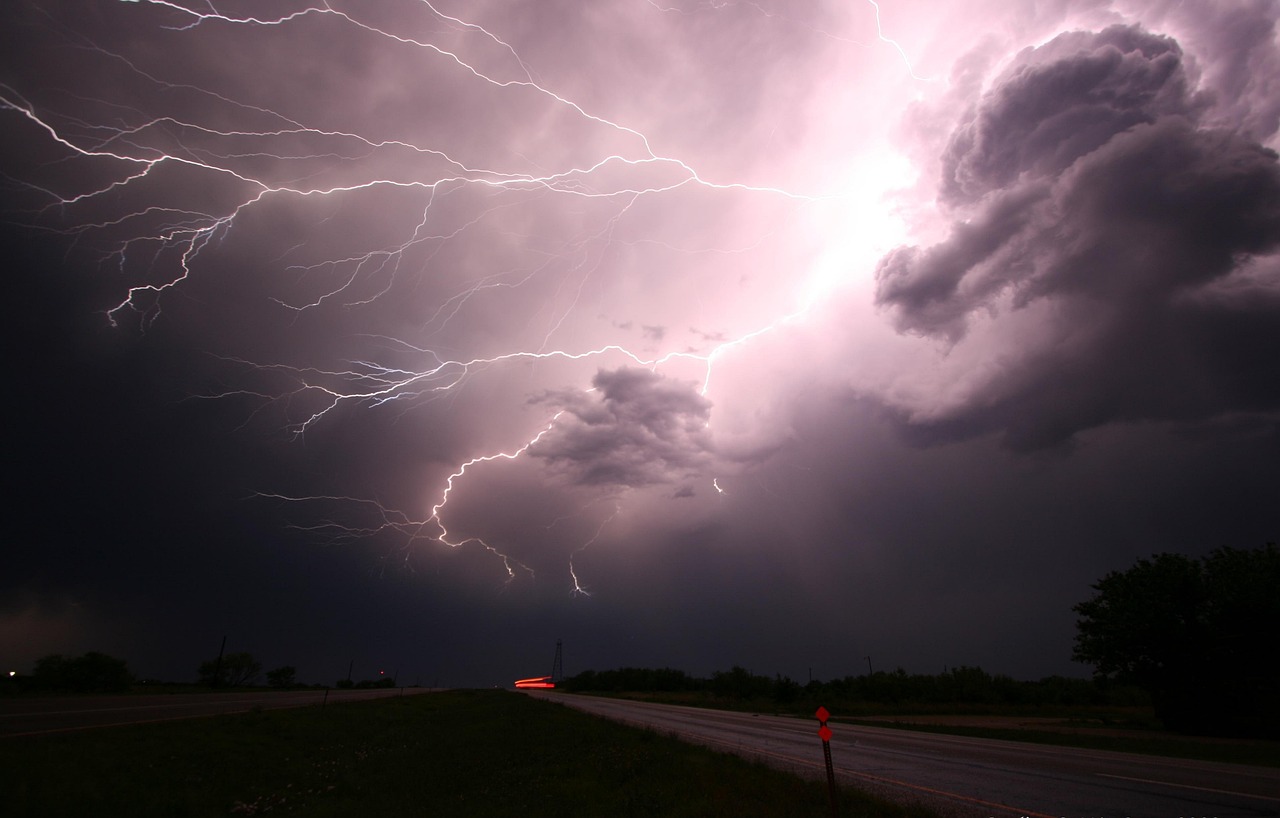
Ball lightning stands as one of nature’s most captivating mysteries, a phenomenon that bridges the gap between the familiar and the impossible. From silicon nanoparticles born in lightning-struck soil to microwave radiation trapped in plasma bubbles, from oxygen metastables energizing indoor encounters to relativistic electron bunches creating electromagnetic knots, each theory offers a piece of the puzzle.
What fascinates scientists most isn’t just solving this mystery, but what the solution might unlock. The day we fully understand ball lightning could mark the beginning of revolutionary advances in energy storage, plasma technology, and our mastery over electromagnetic phenomena. Until then, this glowing enigma continues to remind us that nature still holds secrets worth pursuing, sparking wonder in everyone who witnesses its ethereal dance through our world.
What do you think about these different theories? Have you ever encountered anything that might have been ball lightning? Share your thoughts in the comments.

Jan loves Wildlife and Animals and is one of the founders of Animals Around The Globe. He holds an MSc in Finance & Economics and is a passionate PADI Open Water Diver. His favorite animals are Mountain Gorillas, Tigers, and Great White Sharks. He lived in South Africa, Germany, the USA, Ireland, Italy, China, and Australia. Before AATG, Jan worked for Google, Axel Springer, BMW and others.




